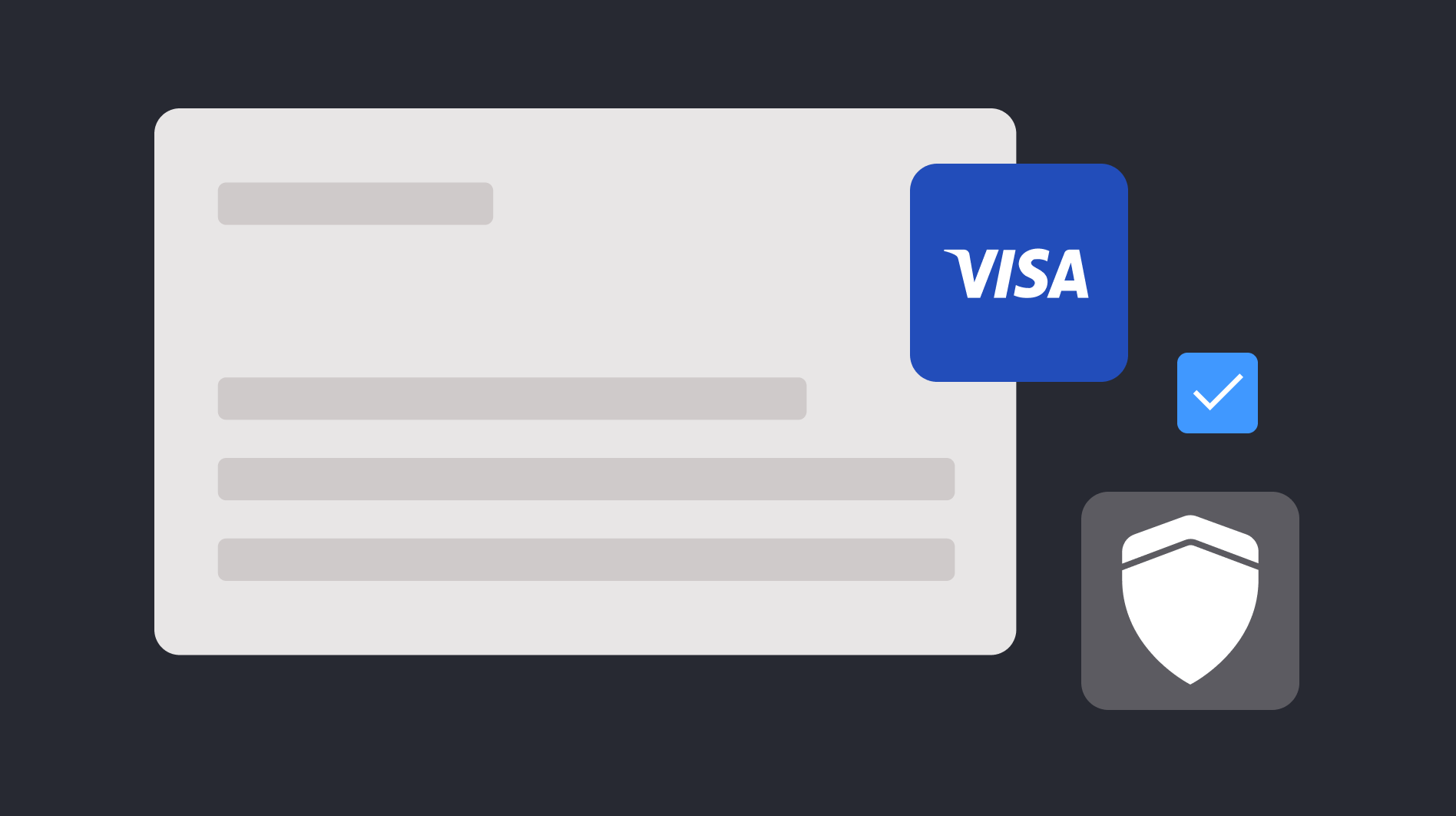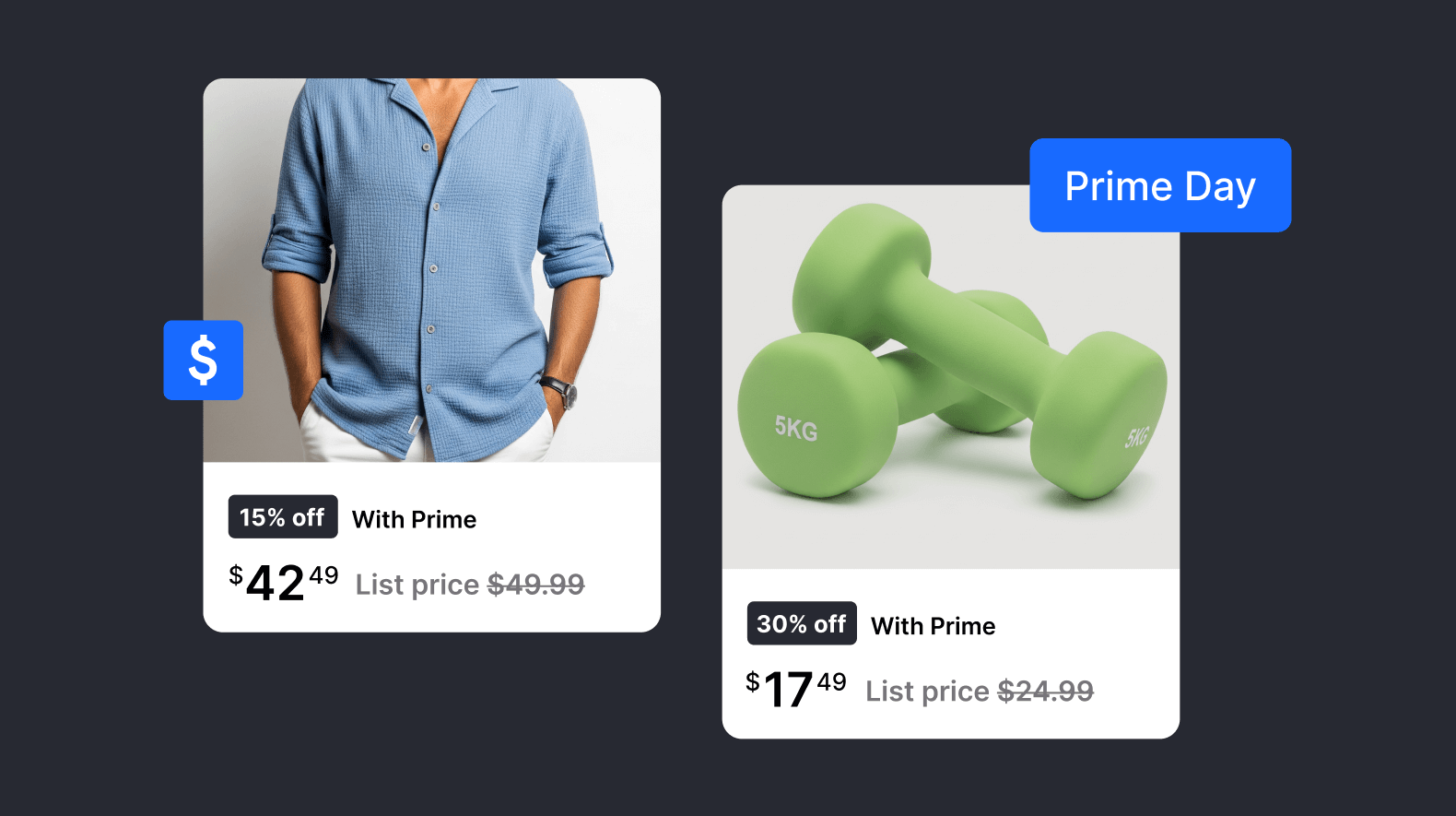Online travel agencies (OTAs) are key players in the travel ecosystem, holding the unique position of being the intermediary, managing both traveler and supplier relationships and payment flows.
Being caught in the middle of the travel value chain in a high-volume industry comes with a host of challenges, many of which are unique to travel: foreign exchange fees, cancellations, and supplier risks. In response, OTAs are doubling down on their payment systems more than ever before.
This blog draws on our experience serving clients in this sector and outlines how virtual cards address key challenges faced by large OTAs, to inform your path to explore this technology for your business.

Virtual cards for B2B payments
In today’s digital society, we are no strangers to using virtual cards. The steady rise of fintechs and neobanks is freeing us from the burden of carrying physical cards, swapped for a mobile wallet full of virtual cards for money on the go.
In recent years, we’ve seen businesses embracing virtual cards for their B2B payments. The global B2B payments market is expected to grow to US$111 trillion by 2027 (Juniper Research). In particular, in the travel industry, where cards are issued to pay partners or vendors for easy invoicing and payments instead of writing cheques or initiating bank transfers.
Here's how Checkout Issuing works for travel clients:
When a traveler books a trip and confirms their itinerary, a virtual payment card is auto-created enabling the OTA to pay the hotel, airline, car rental agency, etc. When the OTA processes the virtual card payment, Checkout’s platform receives the authorization requests and assesses them against a collection of controls including spending controls, validity checks, and authentication controls. The OTA is notified in real time about the authorization outcome. If there is an integration with their Accounts Payable system, the transaction will be recorded for easier reconciliation.

Let’s examine a few key challenges and how this VCN-powered booking flow solves each:
Secure transactions and added control
Example A travel agency uses a client's card information for booking various services like yachts, expeditions, and dining experiences, across multiple suppliers. Sharing card details across these different vendors leaves their customers vulnerable to security breaches, leading to potential financial losses and reputational damage.
Limited-time use virtual cards can provide temporary card details for each transaction, minimizing the risk of unauthorized use. Using single-use virtual cards is also more secure than traditional cards since they can't be used again.
Additionally, card details are transmitted in a secure corporate environment. Finally, you can instantly freeze cards as needed to prevent issues from escalating.
Virtual cards also enable you to customize the card's usage parameters, empowering businesses to adjust spending limits, impose geographic restrictions, and specify allowable transaction types. To minimize the risk of human error and simplify policy enforcement.
With Checkout Issuing, OTAs can set broad-brush rules in advance that will apply to virtual cards from our ever-growing library of standard rules or set their custom limits, such as:
- Limiting card spending limits per MCC (merchant category code)
- Authorizing cards only for certain Merchant IDs
- Creating auto-revocation rules to deactivate cards before their expiry date
Rules can be flexibly adjusted to respond to timely issues (ie. overspending, operational challenges, or changing business policies).
As an extra layer of control, you can even opt-in to have full control in approving or declining payments at the time of authorization (known as authorization relay), making it easier to manage cardholder balances on your end.
Finally, built-in authentication screens each transaction and applies the appropriate authentication flow.
Comprehensive tracking
Example The customer support teams at travel agencies are inundated with a high volume of orders, manually keying in data and making purchases from suppliers. While juggling flight cancellations, disputes, and refunds. Many still rely on paper or electronic invoices, sharing one corporate card across multiple departments, and manual bookkeeping.
Each virtual card payment has its unique identifier and is associated with a single purchase, making it far easier to reconcile payments and identify unnecessary expenses across multiple suppliers.
With Checkout Issuing, you get comprehensive reporting on every transaction including payments, fees, and FX. Including the option to add your custom fields to report on.
Push this data from our platform into your expense management and accounting tools to free your teams from inefficient manual accounting, invoice, or expense management.
Defended against currency fluctuations
Example A travel agency quotes a package price for a dream vacation to Europe at the beginning of the booking process. The traveler confirms and pays for the trip, but the OTA delays paying the supplier until a few days later when the value of the local currency has shifted unfavorably. As a result, the OTA ends up paying more than the initially quoted price.
Spinning up a virtual card in a local country’s currency enables OTAs to avoid the associated transaction costs of currency conversion.
With Checkout Issuing, we support an extensive range of currencies. Specifically, you can create a card for a specific currency ensuring that no currency conversion will occur when the payment is made to the underlying merchant.
Offsetting costs with a new revenue stream
Example A travel company pays its suppliers through manual check-writing and bank transfers. Each transaction incurs fees, from the company's bank and potentially from intermediary banks involved in international transfers. Over time, these transaction costs add up, becoming a significant ongoing expense for the business.
A significant driving force of OTAs looking to VCN solutions is to offset the cost of accepting payments by earning interchange revenue on card transactions. Therefore it’s important to consider the share of interchange you can gain when evaluating different technology partners.
With Checkout Issuing, we pass a lucrative share of the interchange of their Checkout-powered cards to our OTA clients so they can start recognizing financial gains from their B2B card program.
To ensure better card acceptance rate performance, Checkout.com offers an extensive range of card products under the Mastercard Wholesale Program. This includes varying levels of interchange, enabling OTAs to select the product that works best for their business or supplier relationship.
What’s next
Convinced about the potential value that virtual cards can bring to your business? The good news is that launching a B2B virtual card program often requires a shorter implementation cycle. This means you can swiftly unlock the benefits. Within weeks, you can witness the advantages virtual cards bring to your organization.
For many OTAs that have introduced virtual card programs over the recent years, their focus now becomes maximizing the interchange revenue they receive, without sacrificing performance. This leads them to explore and trial new financing models - such as linking their acquiring and issuing. A topic we will deep-dive further on in the next blog.
Ready to learn more about B2B virtual cards for your business? Get in touch with our team and let’s continue the conversation.









%20thumbnail.png)
%20(3).png)






